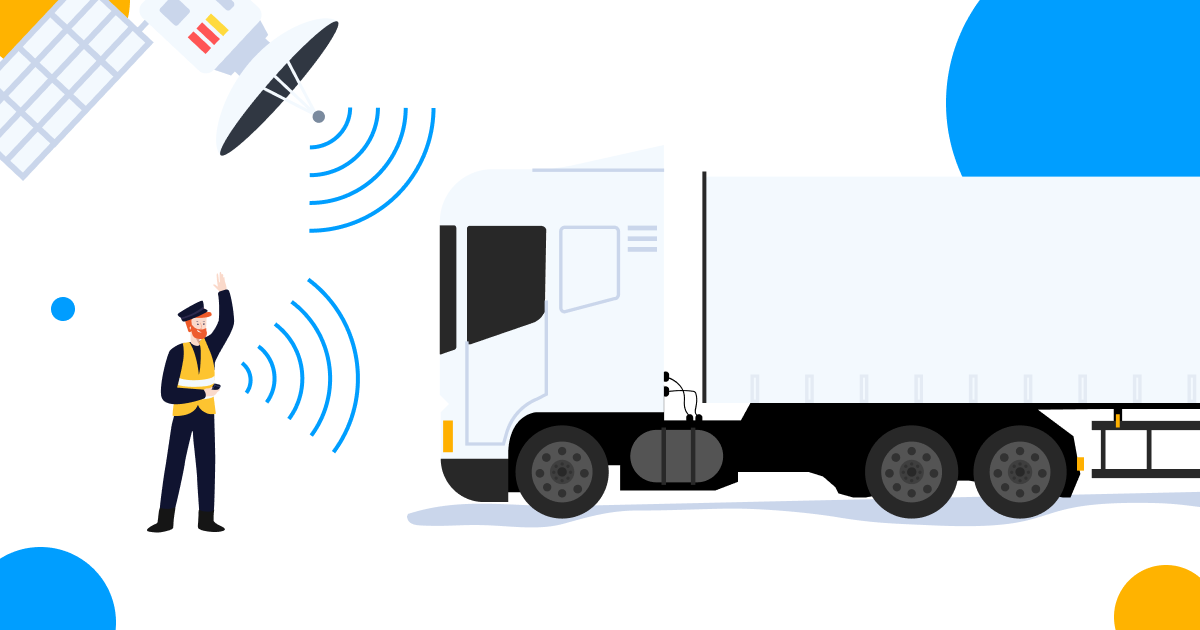Technology is constantly developing and offering ways to make our lives easier and safer. This is also the reason for the recent change in tachograph legislation and introduction to the new generation of tachographs - smart tachographs. But what and how exactly will the new devices change in the way drivers and companies operate? Keep reading and you'll find out!
The reason behind changes
Tachograph legislation has been revised and changed many times after its introduction in 1969. Since then, both technology and laws have been adjusted to ensure road safety and fair competition across Europe, and decrease the possibility of tachograph manipulation. Introducing a new, smarter device is simply the next step to make sure no rules are broken.
What's new in smart tachographs?
The new tachograph generation is called smart as the new devices can record much more data and have additional, complex features. All smart tachographs will need to have a GNSS (Global Navigation Satellite System) module that will record the vehicle's location at the beginning and the end of the journey, as well as generate position updates every 3 hours. Having an automatically recorded position will help both - drivers and companies. The drivers to make sure they don't make errors when entering country data and the companies to make sure they pay drivers the right travel allowances.
Smart tachographs may also have an ITS (Intelligent Transport Systems) interface that allows sharing vehicle and other data with external systems - data download solutions, mobile apps like Tachogram, etc.
Improved roadside inspection process
Another feature introduced in the new tachograph is a DRSC (Dedicated Short Range Communication) interface that allows the roadside inspectors to check the vehicle's tachograph data remotely using short-range radio devices without stopping the vehicle. The data sent to these devices will only contain information about whether the driver has infringements, or there have been some tachograph tampering attempts. If there will be no infringements registered, the police won't have to stop the vehicle for unnecessary checks, thus saving their and the driver's time.
New driver cards and workshop cards
Following the change in tachograph technology, a new type of driver cards will be issued after June 15, 2019. The difference between previous “1B” and the new “1C” cards is that the upgraded version will record additional information from the tachograph required by the new regulation.
However, the fact that new cards are issued doesn't mean that everyone should now rush to get a new card for themselves. The drivers will still be able to use their existing cards on the new tachographs till the end of their expiration date - they just won't record the additional information as the “1C” type cards. Similarly, those who will get their cards upgraded before getting the new tachographs, will be able to use them with the previous generation of digital tachographs.
Companies will also get the new cards upon switching to smart tachographs. Along with businesses and drivers, workshop technicians will also need to obtain a new workshop card to be able to work with the smart tachographs.
There's no special training needed to work with the new generation of tachographs. However, producers advise businesses to inform their employees on the new regulations to meet international requirements. We, at Tachogram, are also working to adjust our platform to the needs of the new legislation, so if you have any questions or concerns about things that might affect your work after the launch of smart tachographs, feel free to contact us via [email protected]!

